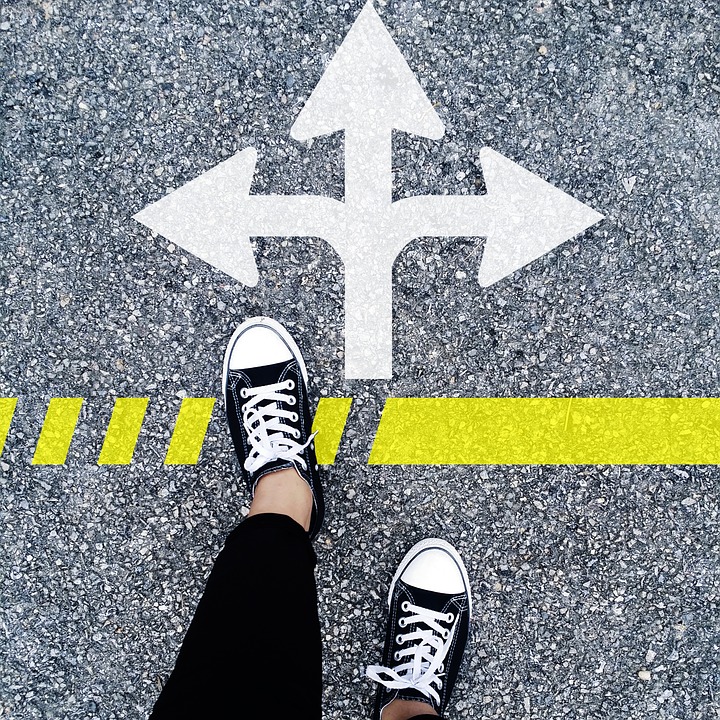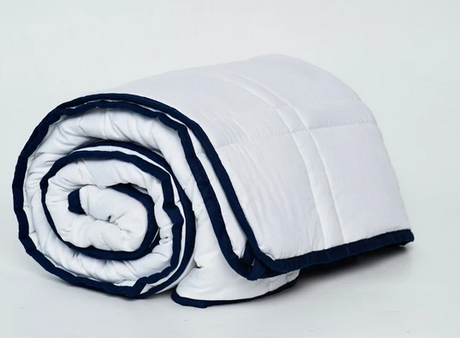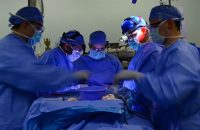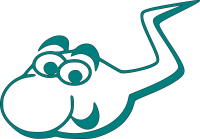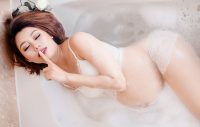There has been an unprecedented growth of anti-snoring and sleep apnea devices in the recent years. According to the statistics published in ‘Global Anti-Snoring & Sleep Apnea Devices Market Assessment & Forecast: 2016 – 2020’, the North American market alone was worth $2,775.1 million two years back and the industry is poised to grow in excess of 6% every year till 2020. It is estimated that the anti-snoring and sleep apnea devices market would be valued at around $3,781.6 million by the year 2020.
The growth is not confined to North America. The region remains the significant leader with almost 40% of the global market share but the sales of sleep apnea and anti-snoring devices have been impressive across Europe, Oceania, Africa and Middle East. As more people get diagnosed with sleep apnea due to better healthcare facilities and proactive checkups, the market is poised to grow exponentially to meet the demand.
Many pharmaceutical companies, tech companies and manufacturers of medical equipment have ventured into the space in recent years. There are crowd-funding initiatives on various platforms to develop state of the art anti-snoring and sleep apnea devices. Ingenious and truly innovative methods are coming to the fore. However, the anti snoring and sleep apnea devices market remains largely unregulated. Hence, it is rather easy for a company to roll out a device that may or may not have any impact on snoring or sleep apnea whatsoever. Yet, the device may find a rather widespread presence in the market.
We have seen the emergency of numerous companies with their plethora of devices, including the likes of ResMed, Somnetics, Philips Healthcare, 3B Medical Inc, GlaxoSmithKline, Hans Rudolph, SleepPro, Fisher & Paykel, Silent Partner, DeVilbiss Healthcare, Walgreens, Metamason, Provent Sleep Therapy, LLC, Solarfarma, SnoreEze, Rhinomed, SnoreTech, HealthRight Products, Tomed, Nora Inc, Somnowell, Hamilton Medical, PMI- ProBasics, RespCare, Rematee, Theravent Inc and Puritan Bennett among many others. Some of these are renowned companies and have a dominant presence in a range of medical equipment. Some manufacturers are unheard of.
Companies are rolling out a plethora of variants such as clips, adhesive strips, vents, expiratory PAP, mandibular advancement devices, tongue stabilizer or retainer, remote monitored devices, electronic wearable, chin straps, positive airway pressure such as CPAP, BiPAP and APAP), positional devices, masks or tubing accessories, adaptive servo-ventilators, non-invasive ventilators and even humidifiers. With so many manufacturers and varying technologies, the market is already flooded and it makes comparing various devices a daunting challenge.

